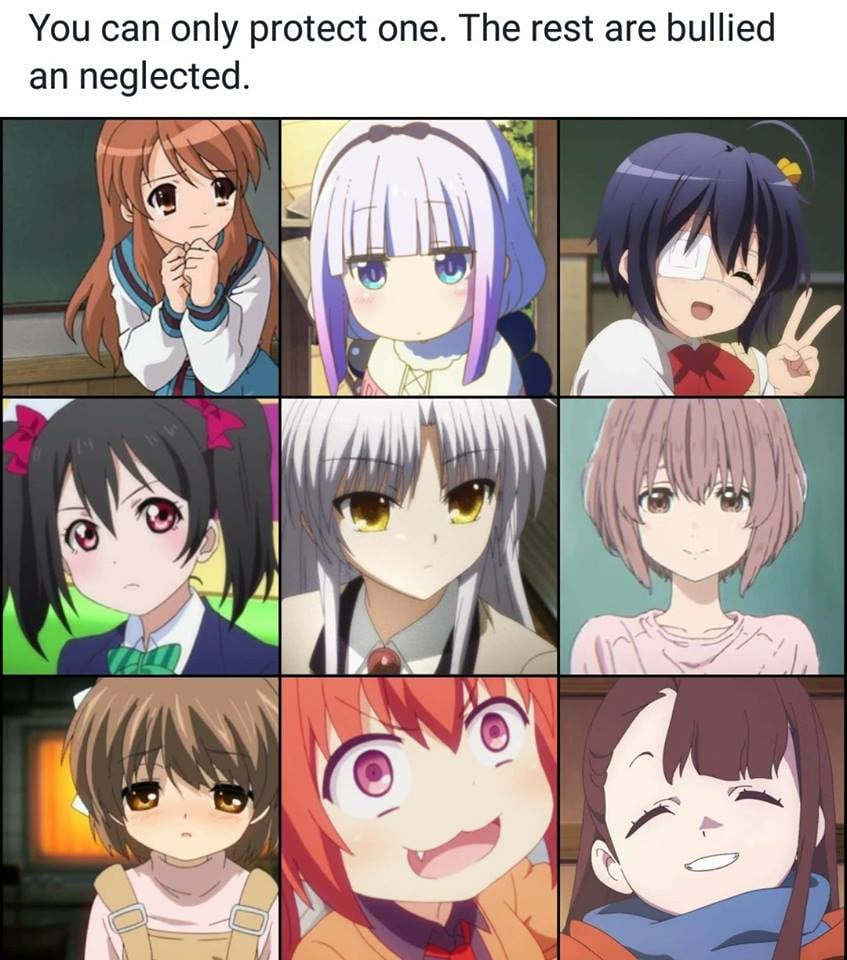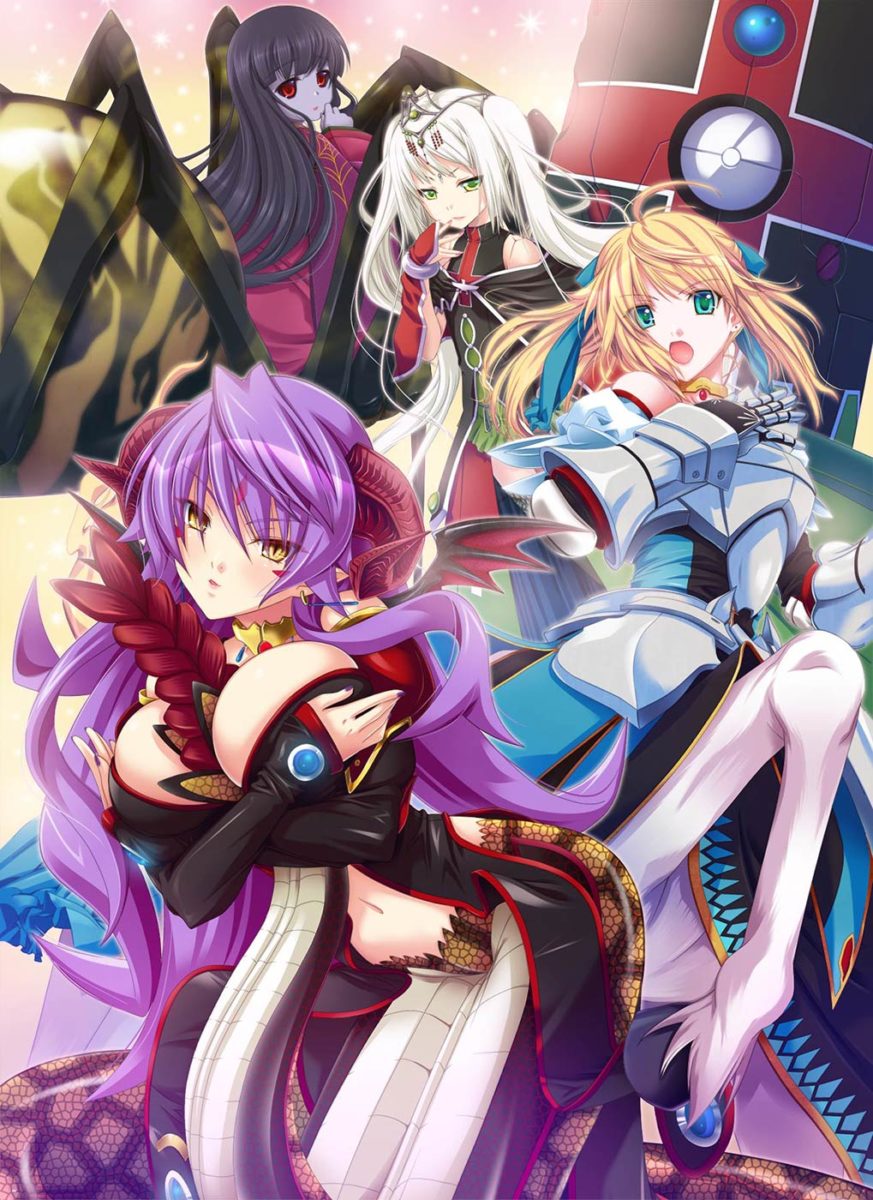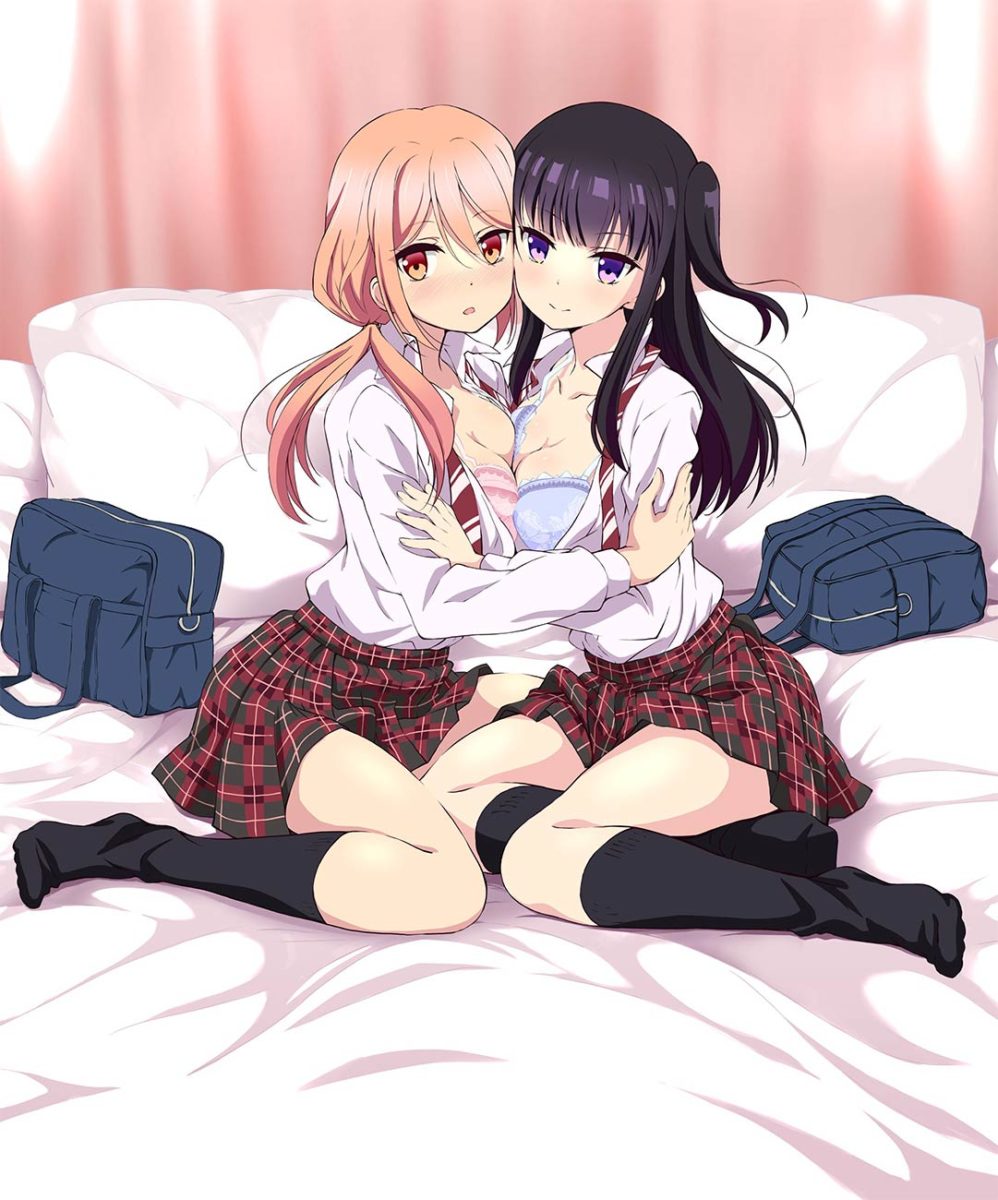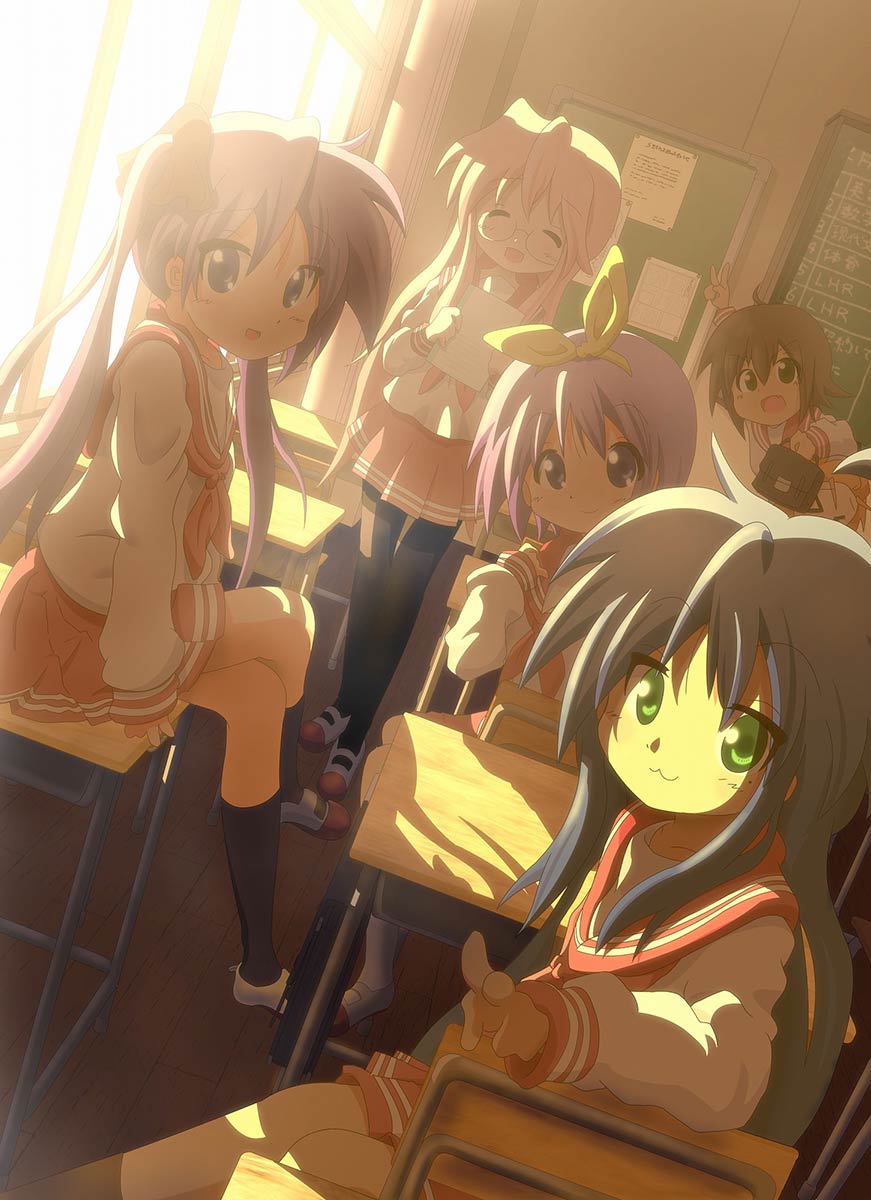There are two types of universities in Japan, public (operated on a national or prefectural level) and private, and as you’d expect, public universities cost a lot less to attend than private ones. One big difference between Japan and the U.S. is that the top schools in the States are venerable private institutions like Harvard and Princeton, which cost a lot to get into. In Japan, however, the most popular universities are public ones like Osaka or Kyoto University, because the education is so much cheaper, and getting into one is such an accomplishment that it brings a halo you carry with you all your life. In the Japanese test-based system, the universities with the most applicants are the hardest to get into because of increased competition, and it can take years of preparation to get ready for your test. Although the system of “entrance exam hell” certainly has a lot of drawbacks, one big benefit is that it’s almost completely meritocratic — only students who study very hard will be able to get into the legendary Tokyo University, regardless of how much money your family has. There are probably some big changes in store for Japanese universities over the new decade or so. First of all, Japan’s national universities are increasingly being administered as private institutions, forcing them to be more creative and competitive if they want to survive into the future. Also, despite the sharp drop-off of children in Japan, new public universities are being constructed every year.
Every country is unique, and each country’s economy is unique, too. While the multi-tiered distribution system Japan is famous for has gone through a lot of changes over the past decade, resulting in the removal of many layers of unneeded distribution, the route that goods take from producer to consumer can still be hard for Westerners to comprehend. While efficiency has increased greatly during Japan’s painful decade-long quasi-recession, many products, such as toys, books, CDs and computer software are still bought and sold through a strict system of distribution that adds significantly to the price to the end user. The distribution system for beer and alcohol is also very inefficient, with products changing hands two or three times before they come to the small liquor shop that my wife’s parents run. In industries where inefficient middlemen have been removed, allowing, say, Hitachi to sell its products directly to electronics stores rather than through several distributors, I’ve noticed some other problems. Without a third party between supplier and reseller, the manufacturers are able to put restrictions on shops that would probably not be legal in other countries, such as forcing them to buy huge amounts of stock, requiring that they purchase unpopular products if they want to get the popular ones, and so on.
There’s another difference between Japan and the rest of the world — hostile takeovers of companies just aren’t done here. But that’s what up-and-coming Internet provider Livedoor is attempting as it makes a bid for controlling interest in Nippon Broadcasting and through its holdings, Fuji TV, the most influential television network in Japan. The brainchild of Japanese whiz kid Takafumi Horie (ho-REE-eh), a Michael Dell-like persona who started his first company in his Tokyo University dorm, Livedoor has been buying Internet startups left and right as it elbows its way into the business headlines. Horie, whose nickname is Horiemon (ho-REE-eh-mon) in parody of the anime character Doraemon, is famous for working alongside his employees at a desk that’s placed in a long row of identical desks, the Japanese version of a cubicle farm. He also doesn’t even own a suit — my wife hates him because he’s a multi-millionaire yet dresses worse than I do.















